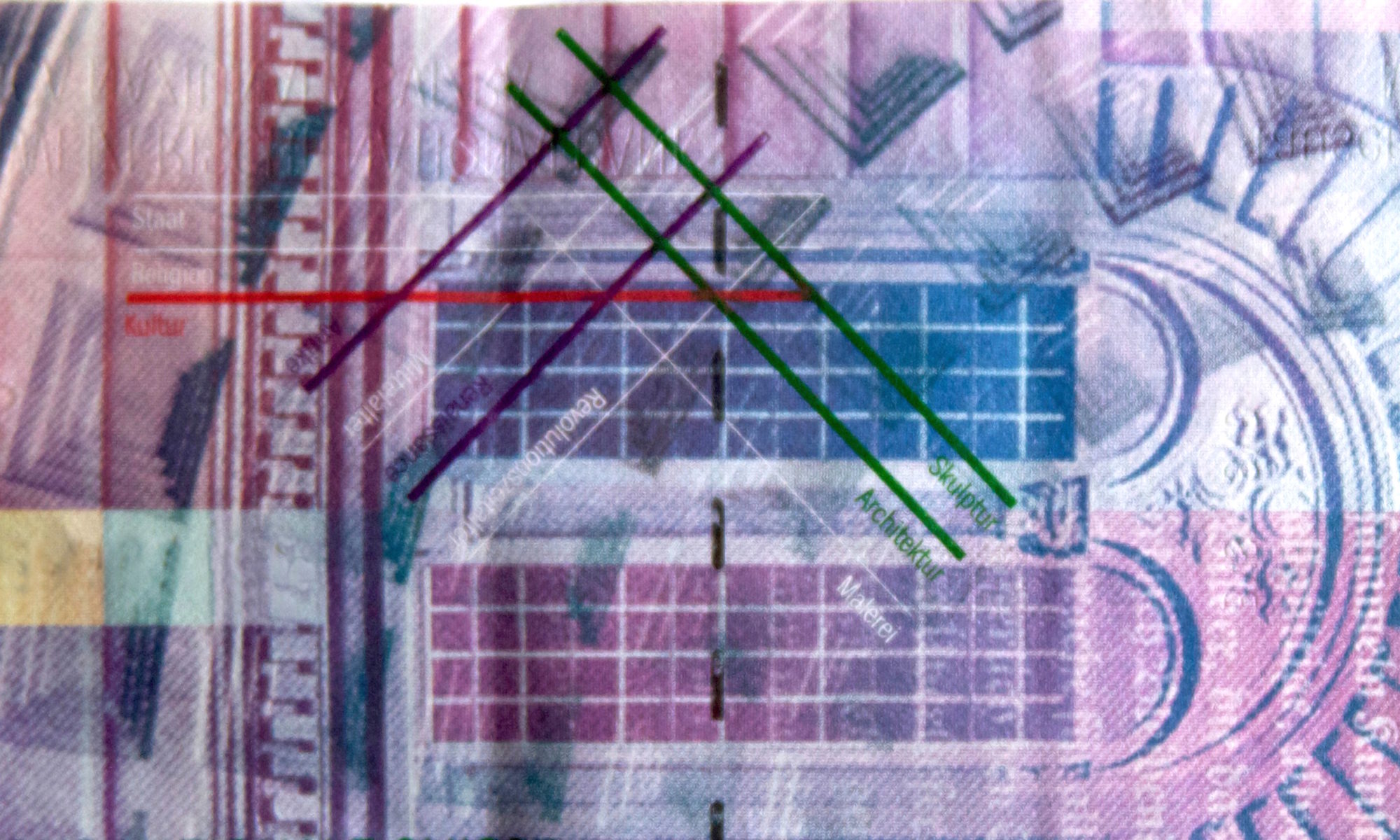An Ongoing List of Temporal Architectures
Temporal Consciousness
Three Models of Temporal Consciousness(Dainton)
(Stanford Encyclopedia of Philosophy)
In our ordinary experience, over brief intervals, we seem to be directly aware of temporally extended phenomena such as change, persistence and succession.
Expand text...When we see a friend waving goodbye, do we infer that their arm is moving, on the basis of having observed a motionless arm occupying a sequence of adjacent spatial location? We do make such inferences of this kind: if I see that my neighbour’s dustbin is in the middle of the road rather than its usual position on the pavement, I (rightly) infer that it has been moved. But the case in question is not at all like this: what we see is simply an arm in motion. (Is it for nothing that cinema is often called ‘the moving image’?) The same applies in other sensory modalities. When listening to a melody, we hear each note giving way to its successor; when we hear a sustained violin tone, we hear the tone continuing on, from moment to moment. If temporally extended occurrences such as these can feature in our immediate experience, it is natural to conclude that our awareness must be capable of embracing a temporal interval.
While this may seem obvious, it can also seem problematic. We can remember the past and anticipate the future, but we are only directly aware of what is present – or so it is natural to say and suppose. But the present, strictly speaking, is momentary. So if our awareness is confined to the present, our awareness must itself lack temporal depth. Hence we are led swiftly to the conclusion that our direct awareness cannot possibly encompass phenomena possessing temporal extension. We are thus confronted with a conundrum: it seems our awareness must extend over time, but it seems it can’t.
In grappling with this ‘paradox of temporal awareness’ as it is sometimes called, different philosophers have proposed quite different accounts (or models) of the structure of temporal consciousness. Simplifying somewhat, the most commonly favoured options fall into three main categories:
Cinematic Model: our immediate awareness lacks any (or any significant) temporal extension, and the same applies to the contents of which we are directly aware – they are akin to static, motion-free ‘snapshots’ or ‘stills’. Our streams of consciousness are composed of continuous successions of these momentary states of consciousness. In this respect they are analogous to movies, which (as displayed) consist of rapid sequences of still images.
Retentional Model: our experiencing of change and succession occurs within episodes of consciousness which themselves lack temporal extension, but whose contents present (or represent) temporally extended intervals and phenomena. These episodes thus have a complex structure, comprising momentary phases of immediate experience, along with representations (or retentions) of the recent past. Our streams of consciousness are composed of successions of these momentary states.
Extensional Model: our episodes of experiencing are themselves temporally extended, and are thus able to incorporate change and persistence in a quite straightforward way. Our streams of consciousness are composed of successions of these extended ‘chunks’ of experience.
These labels are not standard – in this field there is little by way of terminological uniformity – but they are as apt as any. All three models are depicted in Figure 1 below. In each of the diagrams the horizontal line represents ordinary clock-time. Although the Retentional and Cinematic models both trade in momentary (or very brief) states of consciousness – in the diagrams such states are represented by thin vertical lines – these states are construed very differently. In the Cinematic case the momentary contents seem momentary, and are static (they contain no discernible motion or change); in the Retentional case the contents appear to possess a brief temporal depth, containing as they do experienced change and succession – hence the backward pointing arrows, intended to signify the way in which the recent past is supposedly ‘retained’ in present consciousness.
Source: Temporal Consciousness (Stanford Encyclopedia of Philosophy)
The Burning Fuse Model of Unbecoming in Time. (Norton)
In the burning fuse model of unbecoming in time, the future is real and the past is unreal. It is used to motivate the idea that there is something unbecoming in the present literature on the metaphysics of time: its focus is merely the assigning of a label “real.”
–John D. Norton
 Solid Rocket Boosters (SRBs)
Solid Rocket Boosters (SRBs)
The Burning Fuse model reminded me of how rockets using solid fuel always burn all propellant to exhaustion. Once started, the reaction cannot be stopped by anything other than the absence of fuel. There is no “off” switch.




